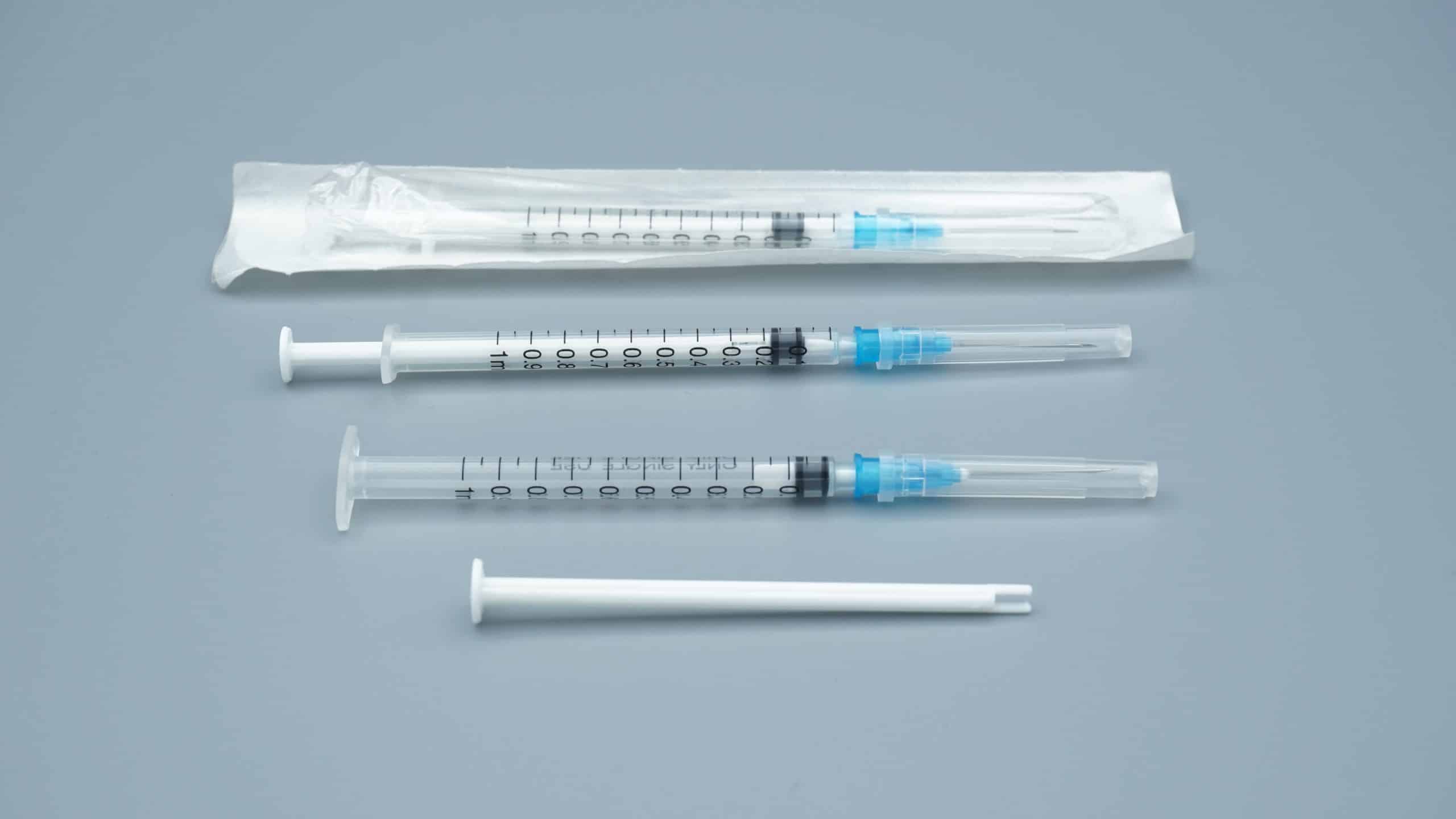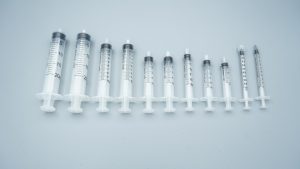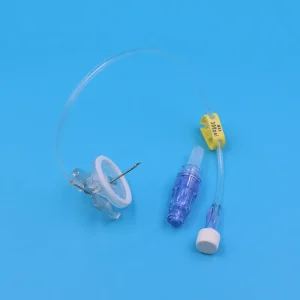Safety Syringes: A Vital Medical Safety Topic Every Patient Should Understand
When you walk into a hospital, have you ever considered these questions?Is the syringe being used really safe?Could there be a risk of cross-contamination?What happens if a nurse accidentally gets pricked by the needle?Are used needles being disposed of properly?
If these concerns have crossed your mind, you’re not alone. As a patient, you have every right to understand and request safer medical equipment. Today, let’s explore a device that could significantly improve your healthcare experience: the safety syringe.
Why Syringe Safety MattersVisible Risks
Millions of medical injections are administered worldwide each year. However, improper handling of traditional syringes can lead to:
Needlestick injuries: Healthcare workers may accidentally prick themselves with used needles.
Cross-contamination: Even with disposable syringes, improper disposal can lead to infection risks.
Psychological stress: Patients and providers alike may feel anxious due to safety concerns.
Important Data You Should Know
The World Health Organization (WHO) reports that healthcare workers experience around 3 million needlestick injuries annually.
Each incident carries a potential risk of transmitting HIV, hepatitis B, or hepatitis C.
In many developed countries, regulations now mandate the use of safety syringes in medical settings.
What Is a Safety Syringe?
A Simple Introduction
A safety syringe is an upgraded version of the traditional syringe, designed with built-in protective mechanisms. Think of it as the medical equivalent of adding seatbelts and airbags to a car—more layers of protection during an essential procedure.
How It Works
Traditional Syringe Use:
Nurse draws medication
Injection is given
Needle is withdrawn
Needle is manually discarded (risk involved)
Safety Syringe Use:
Nurse draws medication
Injection is given
Needle is withdrawn
Safety mechanism automatically activates, shielding or retracting the needle
Main Types of Safety Syringes
Retractable Syringes
Feature: Needle retracts into the barrel after use
Benefit: Completely eliminates contact with the needle
Best for: Routine injections and vaccinations
Sheathing Syringes
Feature: A sleeve covers the needle after use, either automatically or manually
Benefit: Easy to operate, clear visibility of safety
Best for: Blood draws, infusions, and general injections
Blunting Syringes
Feature: Needle becomes dull or protected after use
Benefit: Prevents injury even in accidental contact
Best for: Specialized medical procedures
Why Safety Syringes Matter to You
Key Benefits
Peace of mind: You’ll feel more at ease knowing the safest equipment is used.
Healthcare worker protection: Safer staff means better care for patients.
Lower infection risk: While low already, this risk is further minimized.
Higher quality of care: Institutions using advanced safety tools often reflect better overall medical standards.
High-Risk Scenarios Where They Matter Most
Children: Vulnerable immune systems need added protection.
Chronic illness patients: Frequent injections call for consistent safety.
Elderly patients: Weaker immunity requires the highest level of medical safety.
How to Identify and Request a Safety Syringe
Easy Identification
Packaging: Look for terms like “Safety Syringe” or equivalent in your language.
Visual cues: Additional protective mechanisms are often visible on the device.
Ask directly: Politely ask the nurse or doctor about the syringe being used.
Helpful Phrases to Use
“Excuse me, is this a safety syringe?”
“For my family’s safety, could we use a safety syringe?”
“I’ve read that safety syringes are safer. Are they available here?”
Your Rights as a Patient
Right to know: You’re entitled to information about the equipment used.
Right to choose: When possible, you can request safer options.
Right to suggest: You can recommend improvements in medical equipment safety.
Common Questions About Safety Syringes
Q: Are safety syringes more expensive?
A: While they may cost slightly more, most healthcare providers include this in their standard care—patients usually aren’t charged extra.
Q: Do safety syringes work as well as regular ones?
A: Absolutely. They function the same in terms of injection effectiveness but add extra protection.
Q: Do all hospitals use them?
A: Increasingly, yes—especially in major hospitals. If concerned, check in advance.
Q: What if my hospital doesn’t offer them?
A: You can:
Ask if you can pay to use one
Choose a different facility
Recommend adoption to hospital management
Q: Are they really that important?
A: Yes. While modern infection control is strong, safety syringes add another layer of protection, especially for vulnerable populations.
Choosing a Medical Provider That Prioritizes Safety
What to Look For
Modern equipment: Includes safety syringes and other advanced tools
Transparent communication: Willingness to explain safety procedures
Certified quality: Accredited for medical safety standards
Patient-centered values: Safety prioritized over cost savings
Tips Before Your Visit
Call ahead: Ask if safety syringes are in use
Check online: Look into the clinic or hospital’s equipment and policies
Ask around: Get recommendations from trusted friends and family
Visit if possible: Observe the facility’s commitment to hygiene and safety
Your Health, Your Decision
Medical Safety Is a Basic Right
In today’s healthcare environment, patients should be active participants in their care. Asking about safety syringes is a simple yet powerful step toward protecting your health.
Be a Force for Change
As more patients demand safety syringes, medical institutions will feel the pressure to adopt safer practices. Your voice doesn’t just help you—it helps future patients too.
What You Can Do Starting Today
Stay informed: Continue learning about healthcare safety
Ask questions: Don’t hesitate to inquire about medical tools
Choose wisely: Opt for clinics that prioritize safety when possible
Share the knowledge: Help others understand the importance of safety syringes
Final Thought: Safe Care Begins with Awareness
A safety syringe isn’t a high-tech innovation—it’s a simple, effective device designed to make injections safer for everyone. You have the right to know, ask, and expect the safest tools in your care.
Next time you receive an injection, consider asking:
“Is this a safety syringe?”
That one question could make all the difference—for you and your loved ones.
If you have further questions, consult your healthcare provider or local health authority. This article is for general educational purposes and should not replace professional medical advice.






